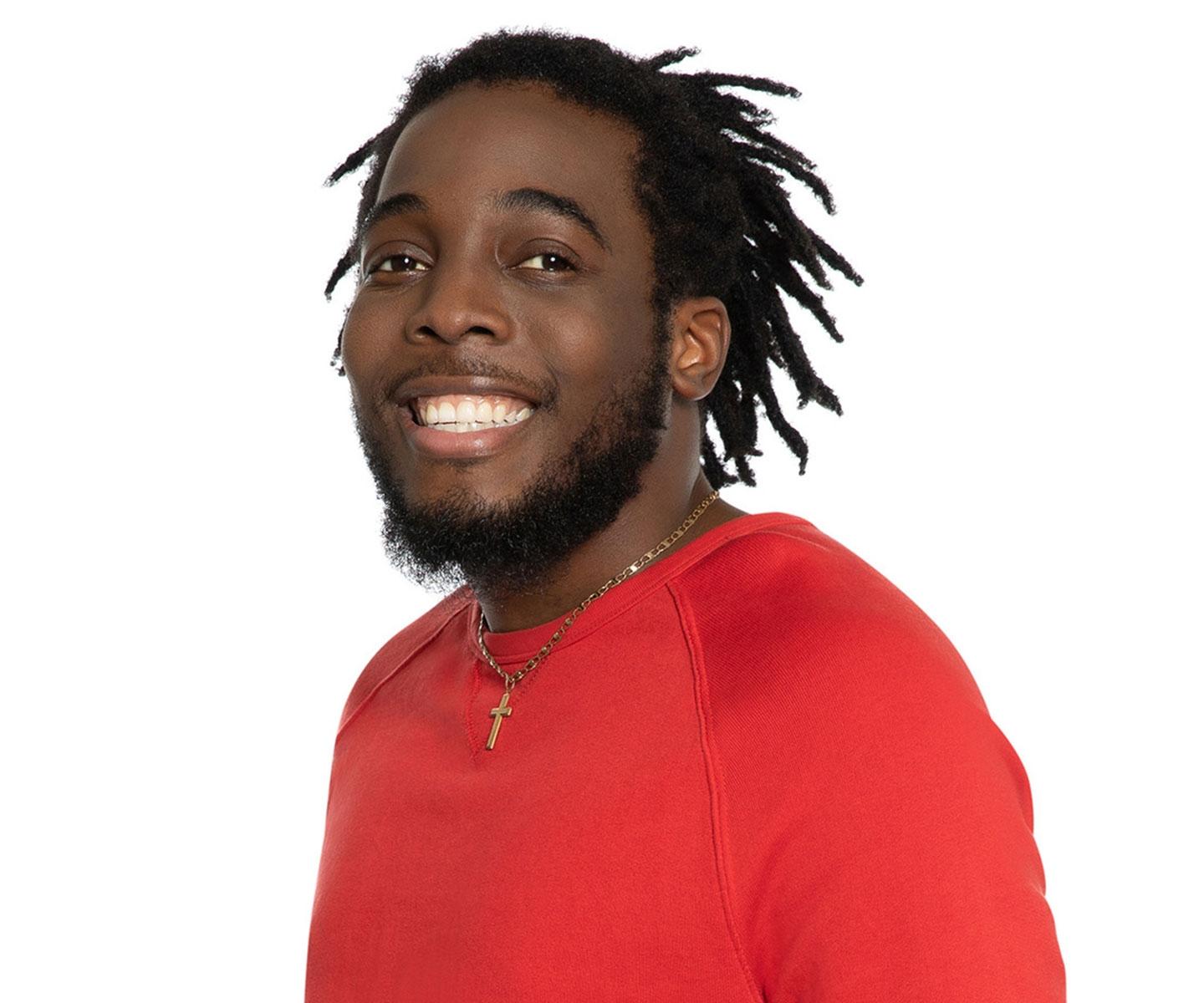
Andy Anyaele is so grateful for the blood transfusions he receives every five to six weeks
Ask Andy Anyaele what blood donations mean to him, and the answer is simple: freedom.
“I could purchase a ticket to travel the world right now,” says Andy, who lives in the Greater Toronto Area. “I’d have to come back in six weeks for my transfusion, but I can go if I want to.”
Andy, who is 27 and the eldest of four brothers, was diagnosed with sickle cell disease at one year old. This illness is the most common inherited disease in the world, with over 6,000 people across Canada affected. It prevents the body from producing enough functional red blood cells, with the result that many depend on donated blood for treatment.
Learn more about sickle cell disease and blood donation
Blood transfusions enable “a very normal life”
Sticking to a schedule of blood transfusions every five to six weeks takes discipline and planning. For Andy, it means taking a Thursday and Friday off work for the treatment and recovery. Then he’ll work Saturday before getting a Sunday-Monday weekend.
In the days before treatment, he frequently suffers pain and exhaustion, but the blood transfusions “make it possible for me to live a very normal life,” says Andy. That includes everything from camping trips with friends in Algonquin Park to the simple pleasures of home.
“I can go downstairs, make myself some food, come back up and watch some T.V.,” he says. “It’s just about waking up every day. That’s a blessing.”
Every year, more than 15,000 units of blood are transfused to people in Canada with sickle cell disease. Blood transfusions treat a wide range of symptoms, and the needs vary greatly from person to person. Some require very few blood transfusions. Others need full red blood cell exchanges (where the recipient’s sickled red blood cells are removed and replaced with a donor’s red blood cells) every four to six weeks, for years.
Emergency blood needs can also crop up unexpectedly. That’s what happened to Andy, when at age 19, during a visit to emergency for chest pain, a medication provoked a dangerous reaction.
“I was told that I died for four minutes and then they revived me,” Andy says. “And then they put me in a coma.”
When he woke up a week later in a different hospital, his dad told him blood had saved his life.
“I said, ‘What blood?’ and he said, ‘They gave you a full blood exchange,’” Andy recalls. “My dad told me as soon as they did that, I started getting better.”
Not only did Andy survive, he made a recovery better than his doctors expected.
“They were telling my parents that even if I survived, I would need full care,” Andy says. Instead, while strokes during that time in the hospital caused permanent vision loss in his left eye, “other than that, I’m O.K.”
A diverse blood donor base is vital
For many people living with sickle cell disease who need regular blood transfusions, a close blood type match is essential. That’s partly because the high number of blood transfusions that people with sickle cell disease may need over a lifetime increases the risk of side effects.
A close blood type match goes beyond the familiar A, B, AB and O blood types. It looks at a wide variety of markers called antigens on the surface of red blood cells. Because those markers are inherited, a closer blood type match may be found in blood donors of similar ancestry.
At any time, Andy could require blood that is compatible not only with his own ABO type, but which also matches a wider range of antigens. Since Andy is of Nigerian descent, blood donors of Nigerian ancestry could be his best matches.
Insufficient diversity in our pool of donors is one of the biggest challenges we face in supporting people with sickle cell disease. The illness is more frequent among those whose ancestors are from sub-Saharan Africa; Spanish-speaking regions in the Western Hemisphere (South America, the Caribbean, and Central America); Saudi Arabia; India; and Mediterranean countries such as Turkey, Greece and Italy. Blood donors whose ancestors are also from these regions make an important impact on the lives of people living with sickle cell disease.
For his blood donors past, present and future, Andy is so grateful for the time and energy spent making his blood transfusions possible.
“It’s serious commitment. I appreciate that,” he says “I literally wouldn’t be here if it weren’t for them.”


